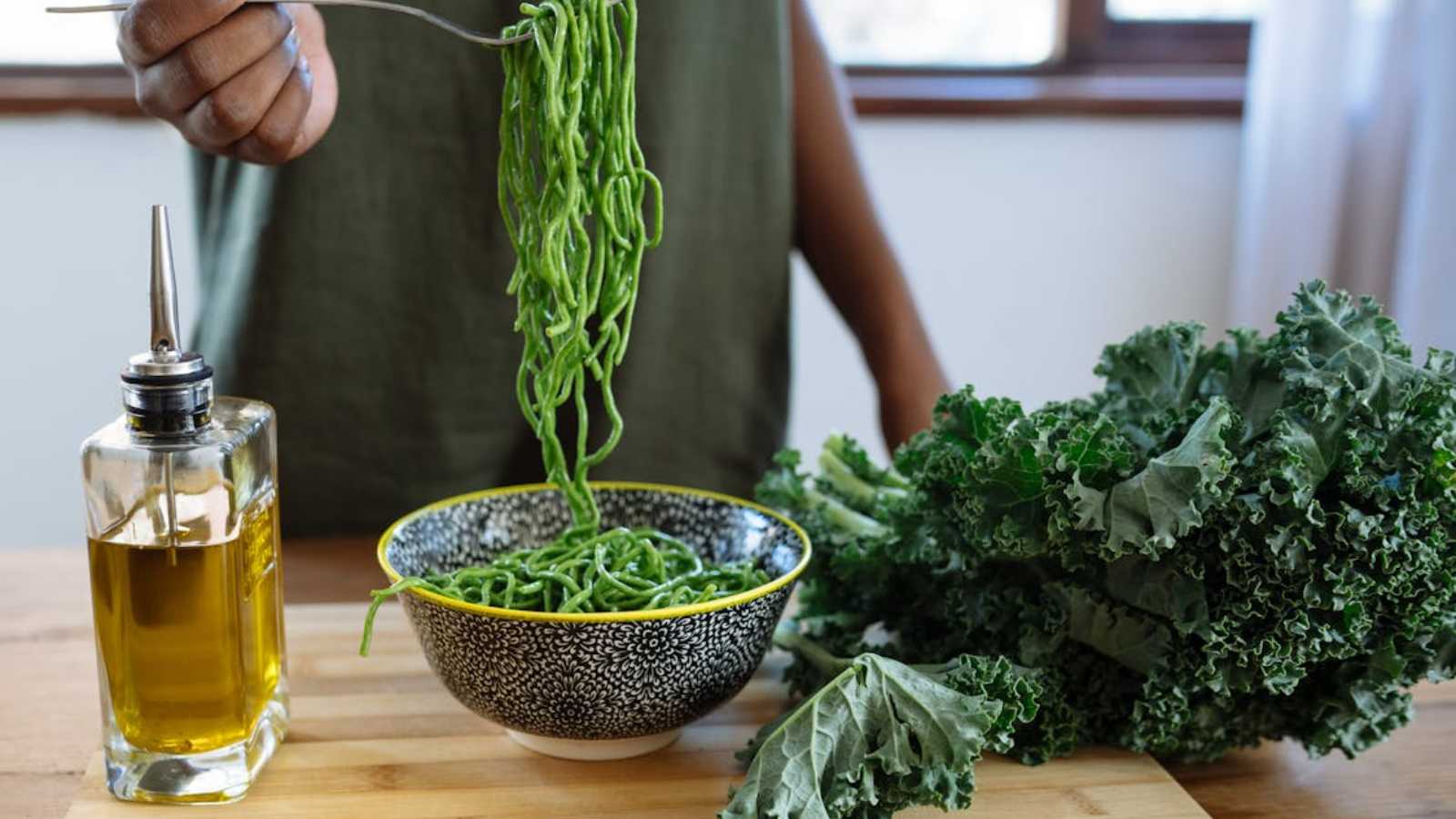9 Popular Foods That Aren’t As Good As People Pretend

Research confirms what your taste buds already know: peer pressure actually rewires your brain to like bad food. If you’ve ever choked down a slimy oyster or a bitter kale salad just to fit in, you are a victim of your own biology. A study by researchers from Harvard and Stanford discovered that social norms don’t just make you lie about what you like; they literally shift the brain activity in your ventromedial prefrontal cortex to value popularity over actual taste.
It explains why we nod along when someone says a $100 gold-flecked steak is delicious. In fact, classic psychology experiments show that 76% of people will ignore their own senses to conform to a group consensus.
But here is the good news: the data shows that the facade is finally cracking. As we move through 2025, culinary trends are shifting away from performative eating toward what experts call “New Authenticity.” We are done with pretending. IMO, life is too short to eat food that requires a PR team to make it palatable. Based on recent market stats, chef testimonials, and hard science, here are 10 popular foods that don’t deserve the hype—and why you should stop pretending they do.
Truffle oil is mostly a cheap chemical perfume

If you think drizzling truffle oil on your fries makes you fancy, I have some bad news. Most truffle oil contains absolutely no truffles. Instead, manufacturers rely on a lab-synthesized compound called 2,4-dithiapentane, which mimics the strong, garlic-like foot odor of the real fungus without any of its nuance. It’s essentially a chemical perfume that chefs hate with a passion.
Celebrity chef Gordon Ramsay famously called it “the worst thing,” noting that it needs to be “let down” because it ruins the palate. The late Anthony Bourdain was even harsher, calling it “personal lubricant” and stating it was “about as edible.” While the market for this stuff is still growing in fast-casual chains, 2025 trend reports show high-end kitchens are finally ditching the fake oil for fresh shavings or nothing at all.
Edible gold leaf is just expensive litter
Ordering a steak wrapped in gold leaf is the ultimate way to tell the world, “I have more money than sense.” Chemically speaking, gold is biologically inert; it has no taste, no texture, and no nutritional value. You are literally paying a premium to eat flavorless metal that gets stuck in your teeth.
Economists call this a “Veblen good”—a product where demand rises with price because it signals status.
Red Delicious apples are a genetic tragedy
Ever bitten into a Red Delicious and wondered why it tasted like wet Styrofoam wrapped in bitter leather? You aren’t crazy. Growers bred this apple specifically for its thick skin and dark red color to survive long storage and look good on shelves, completely sacrificing flavor and texture in the process.
The market has spoken loud and clear. After holding the top spot for 50 years, the Red Delicious has fallen behind the Gala in sales and continues to decline as tastier varieties like Honeycrisp and Cosmic Crisp gain ground. Yankee senior food editor Amy Traverso perfectly described eating one as “a mouthful of roughage”. Do yourself a favor: buy a Fuji and leave these beautiful red lies in the bin.
Fondant tastes like sweetened Play-Doh
We have all seen those hyper-realistic cakes on Instagram that look like handbags or sneakers. They look incredible, but have you ever tried to eat one? Fondant is a gummy paste made of sugar, water, and gelatin that forms a hard, chewy shell often peeled off and discarded by guests like a banana skin.
Bakers are finally revolting against this inedible art. Data from 2024 and 2025 shows a massive surge in buttercream and “naked” cakes, with wedding trends shifting toward textures that actually taste good. Even Reddit communities like r/FondantHate have exploded in popularity, celebrating the death of this “sugary drywall”.
Kale is a digestive nightmare

Kale marketing is the greatest rebrand in agricultural history. Before 2012, Pizza Hut used it primarily as a garnish to cover the ice on their salad bars. Why? Raw kale is tough and fibrous, and it contains raffinose, an indigestible sugar that can cause significant bloating and gas.
We convinced ourselves we liked “massaging” our salad for five minutes just to make it chewable. But the USDA reports that per capita availability of such vegetables hit a record low in 2024, suggesting the obsession is fading. In 2025, people are swapping the “roughage” for tender greens like spinach or hybrid “Kalettes” that don’t require a jaw workout to consume.
Lobster is a butter delivery system
Here is a fun history lesson: Colonial Americans used to feed lobsters to prisoners and indentured servants because they considered lobsters “sea cockroaches.” They regarded it as garbage meat. Today, we pay $60 for a tail depending on the size, but ask yourself—does lobster actually taste good, or do you just love the cup of melted butter you dunk it in?
Without the butter, the meat is often rubbery and bland. Plus, prices are skyrocketing. Live lobster prices recently hit 10-year highs due to warming oceans, which are driving populations deeper. With inflation biting in 2025, paying premium rates for a giant sea bug seems less like a treat and more like a scam.
Deep-dish pizza is a casserole
Chicago, don’t come for me. But when comedian Jon Stewart called deep-dish pizza “an above-ground marinara swimming pool for rats,” he made a valid point. It defies the structural integrity of pizza, requiring a knife and fork, and a 45-minute nap after eating just one slice due to its massive caloric density.
Locals often prefer “tavern style” thin crust anyway, leaving the deep dish factories to the tourists. It’s heavy; the cheese usually turns into a rubbery puck under the sauce, and the ratio of dough to topping is all wrong. FYI, if you can’t pick it up with one hand, it’s a casserole.
Pumpkin spice lattes taste like chemicals
The Pumpkin Spice Latte (PSL) is the basic mascot of fall, but the flavor profile is a triumph of chemistry over botany. Most formulas rely on synthetic compounds like cinnamic aldehyde (to mimic cinnamon) and sabinene (to mimic nutmeg) rather than actual spices. For years, the drink didn’t even contain pumpkin!
The spell is breaking. Google Trends analysis from late 2024 and 2025 shows a 15% drop in “pumpkin spice” searches, the lowest level of interest post-COVID. Consumers report “flavor fatigue,” noting the drink tastes “synthetic” or like “candles” rather than food.
Bacon doesn’t belong on everything

Remember when we put bacon on donuts, in vodka, and even in lip balm? That era of “Bacon Mania” is officially dead. Chefs are tired of it because bacon is a “bully” ingredient—its intense salt and smoke completely mask the flavor of anything it touches.
More seriously, the World Health Organization classifies processed meats like bacon as a Group 1 carcinogen, putting it in the same category as tobacco. With the 2025 focus on gut health and longevity, treating this carcinogenic salt strip as a “condiment” is a trend we have happily left behind.
Key Takeaway

We spent the last decade letting Instagram and marketing campaigns dictate our taste buds. But from the decline of synthetic truffle oil to the rejection of inedible fondant, the 2025 data proves we are finally waking up. Stop eating “Veblen goods” just to look rich, and stop chewing on kale if it hurts your stomach.
Eat what you actually enjoy—even if it’s just a cheap, honest slice of pepperoni pizza.
Read the Original Article on Crafting Your Home.







